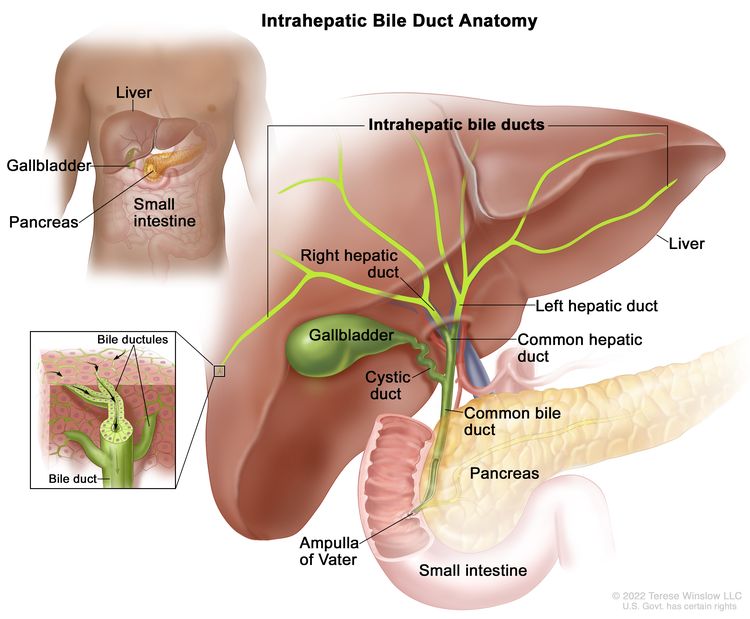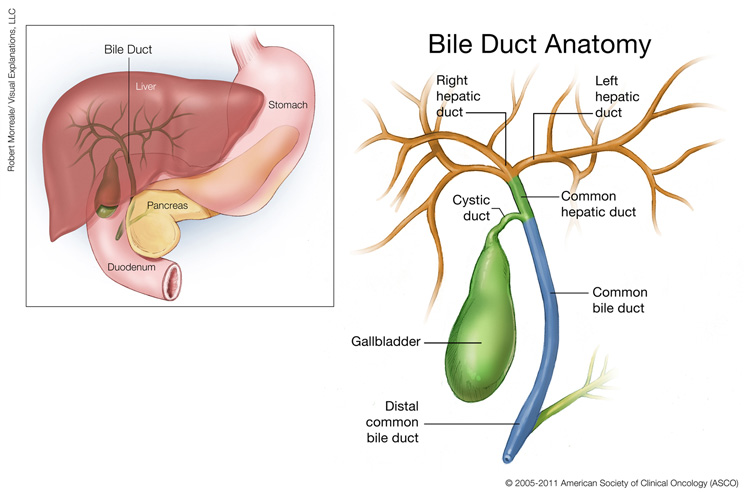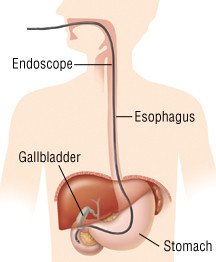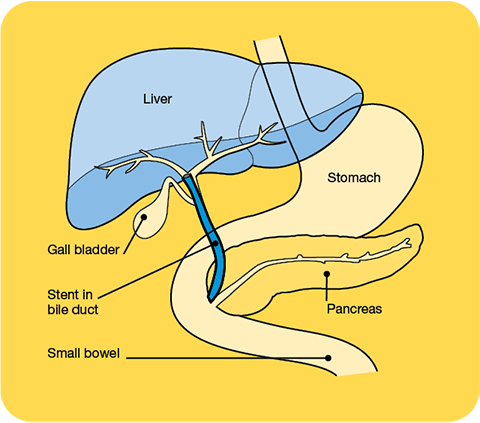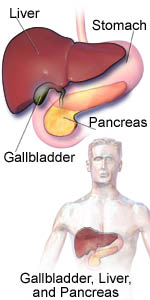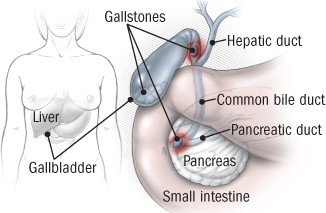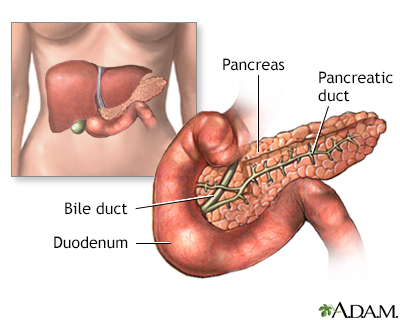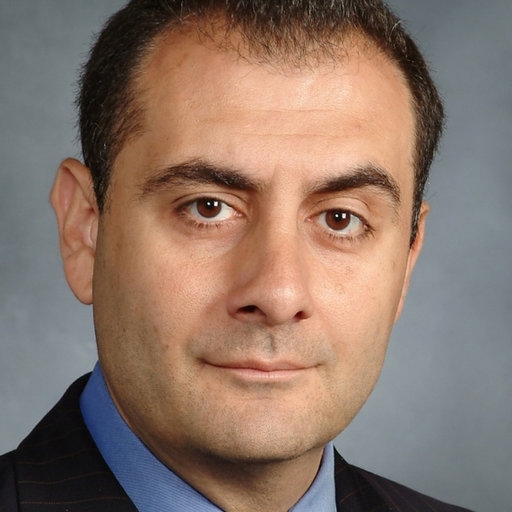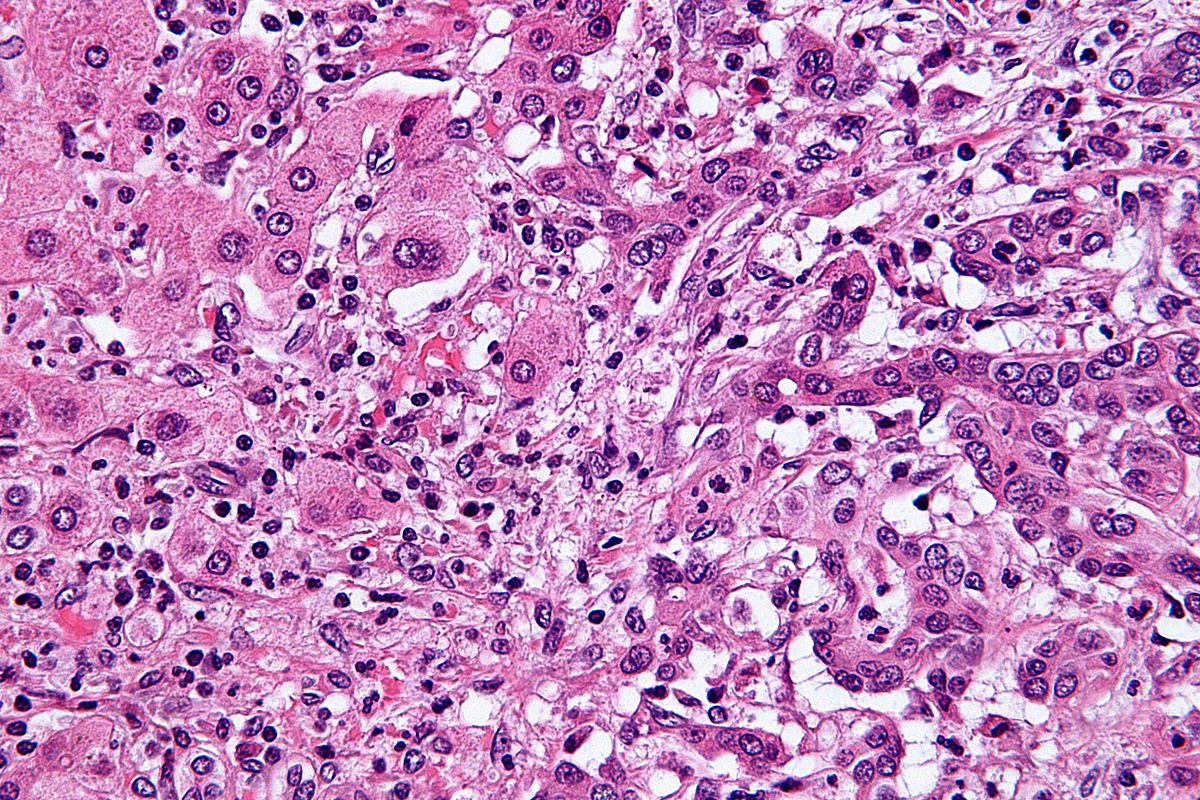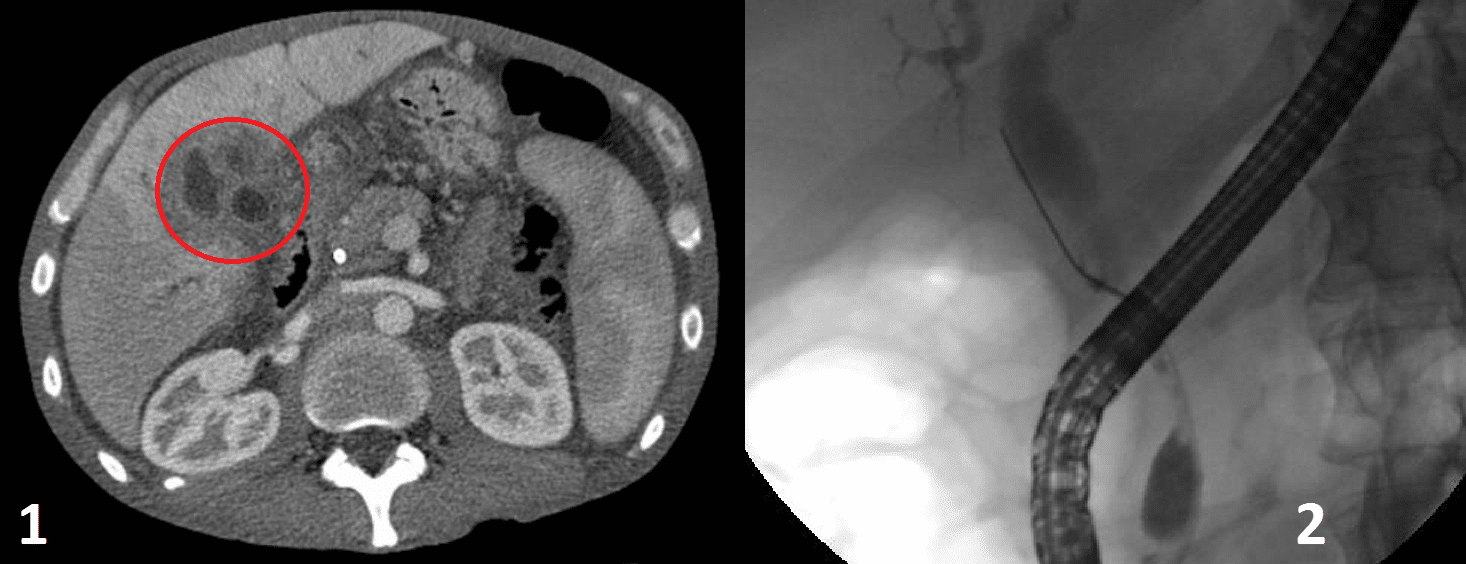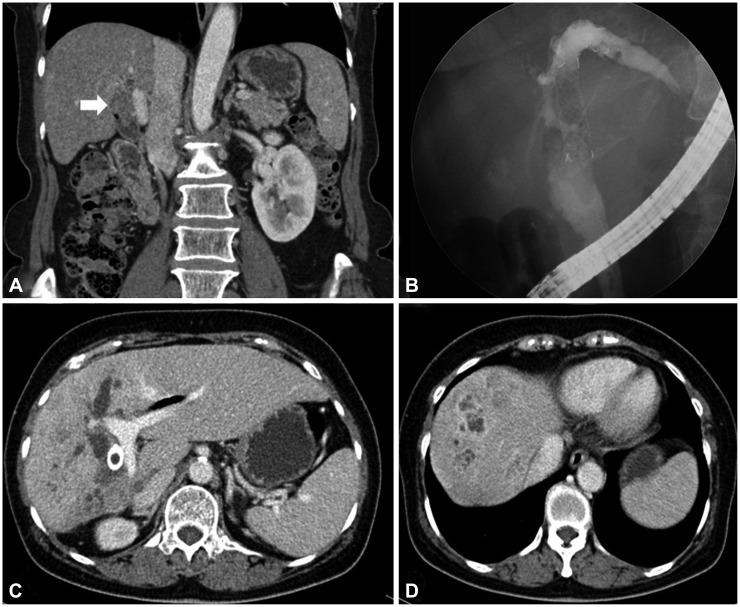Bile duct cancer arises from the cells that line the bile ducts the drainage system for bile that is produced by the liver bile ducts collect this bile draining it into the gallbladder and finally into the small intestine where it aids in the digestion process.
Bile duct cancer stent infection.
Biliary stenting is a procedure that opens the obstructed bile duct.
Antibiotics can treat the infection and the stent can be replaced.
Parasites within the bile duct.
Stents should be replaced every four to six months to avoid inflammation.
This can stop the stomach emptying.
As some can result in infections that.
This is often used in cases where obstruction is caused by a.
Another option to allow bile to go into the small intestine and not build up in the liver is a surgery.
Bile duct cancer refers to all cancers that develop within the biliary system.
Compression from outside of the duct extrinsic may be seen with gallstones in the cystic duct hepatitis causing compression of the intrahepatic biliary tree tumors of the surrounding tissue liver pancreas gallbladder cystic duct duodenum.
Bile duct cancer is also called cholangiocarcinoma.
She s expected to remain hospitalized for a few days justice ginsburg was admitted to the johns hopkins hospital in baltimore maryland early this morning for treatment of a possible infection arberg said in a statement.
You usually notice the benefit within a day or two of having your stent put in.
Some people with distal bile duct cancer have a blockage where the stomach joins the small bowel the duodenum.
Signs of infection include tummy pain aching muscles high temperature or shivering.
Putting a stent into the bile duct means that bile can flow into the small bowel again.
If cancer is blocking a bile duct it can lead to jaundice yellowing of the skin and.
A blocked bowel.
Bile duct cancer is a rare form of cancer with approximately 2 500 new cases.
A biliary stent is a plastic or metal tube inserted into a bile duct.
Palliative therapy for bile duct cancer biliary stent or biliary catheter.
The justice is said to have experienced fever and chills and later had a bile duct stent cleaned.
An ercp may be sufficient to remove small stones from the common bile duct or to place a stent inside the duct to restore bile flow.
Any patient with bile duct cancer is at risk for these conditions but patients who have had a surgical procedure on their bile ducts or have had a stent or drainage tube placed in their ducts are at much greater risk.
There is a risk of infection with both types of stent.
Bile duct or pancreatic cancer.
This is usually caused by the stent getting blocked.
The symptoms of such an infection include a fever jaundice pain in their upper abdomen or simply feeling fatigued.



